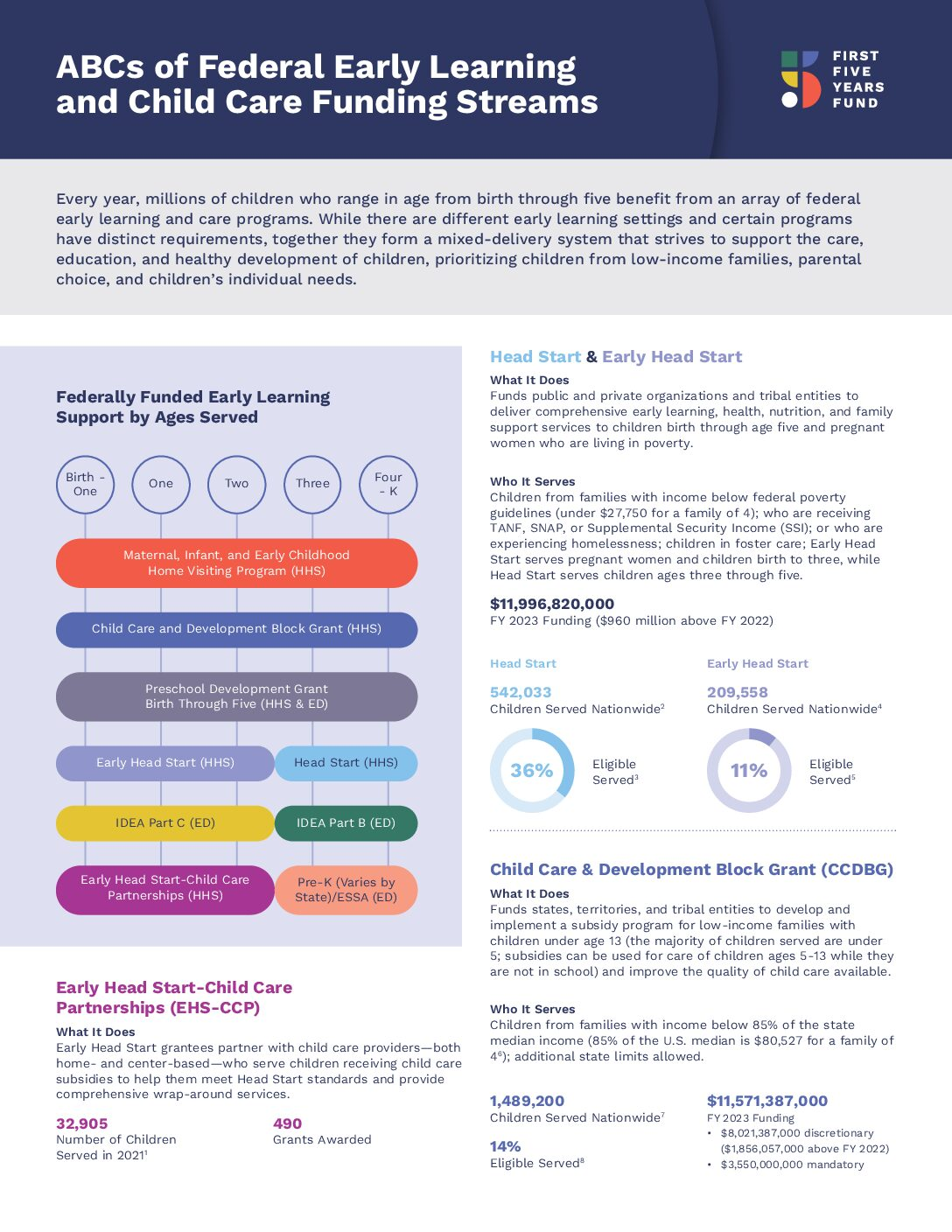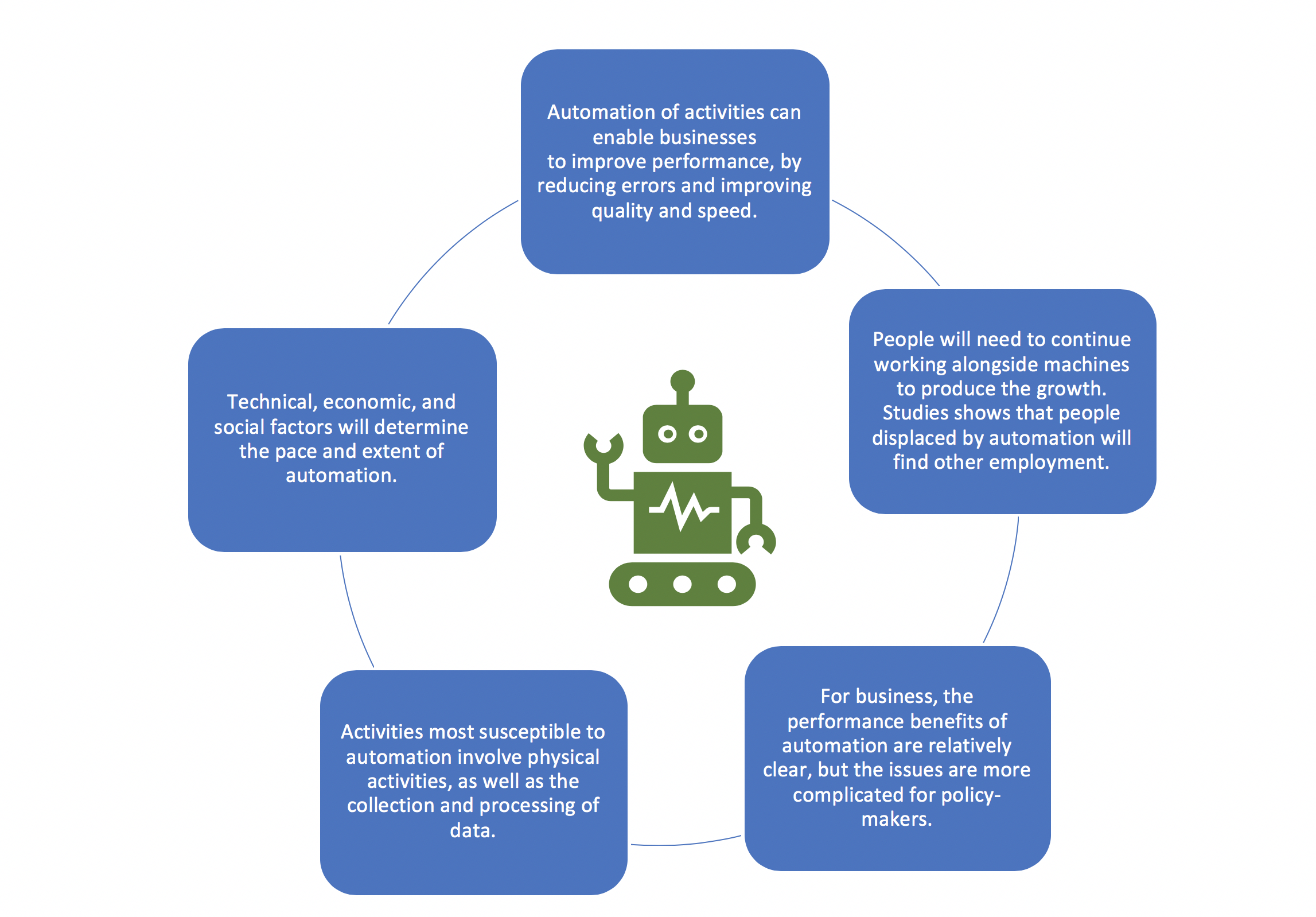Federally funded childcare has long been a controversial yet essential topic in discussions surrounding working mothers support. As highlighted by Claudia Goldin’s recent research on the historical impact of the Lanham Act, the availability of accessible childcare services has been pivotal in enabling women to participate in the workforce. This 1940 legislation aimed to provide nurseries and extended care programs for mothers during World War II, fundamentally altering perceptions of women in the workforce. The implications of such federally funded childcare initiatives are significant, as they not only support working mothers but also contribute to broader economic growth. Understanding the history of childcare programs through acts like the Lanham Act can help inform current policymakers as they navigate the challenges of modern childcare needs.
Support for childcare services has evolved over the decades, reflecting the changing dynamics of the labor force and family structures. Historical legislation, like the Lanham Act, sought to create an infrastructure that enabled mothers to engage in full-time employment by offering essential nursery facilities. These childcare solutions, which catered to the needs of working women, have been integral in paving the way for future initiatives that advocate for parental support in the workplace. As discussions around equality for women in the labor market continue, examining the legacy of such programs sheds light on the necessity of robust childcare systems today. By addressing the childcare crisis, society can move closer to achieving gender equity in professional environments.
The Impact of Federally Funded Childcare on Working Mothers
Federally funded childcare, as established under the Lanham Act during World War II, served as a pivotal support system for working mothers. The act created a network of nurseries that made it possible for women to enter the workforce during a critical time when labor was drastically needed. By providing care for preschool-aged children, the Lanham nurseries allowed mothers to take on jobs that were essential to the war effort without the concern of their children’s safety and well-being. This not only increased the number of women participating in the workforce but also helped challenge the societal norms that previously discouraged mothers from seeking outside employment.
Claudia Goldin’s research highlights the importance of such childcare programs, illustrating how they transformed the perspectives on women’s roles in both the labor market and society. The availability of federally funded childcare addressed the practical challenges that many working mothers faced, allowing them to balance their professional responsibilities with family duties. Notably, the findings denote an increase not just in labor participation but also in women’s access to higher-wage positions, which were previously dominated by men. This remarkable shift underscores the significance of governmental support for working mothers and its long-lasting effects on gender equity in the workplace.
Insights from Claudia Goldin’s Research
Claudia Goldin’s recent paper on the Lanham Act reveals essential insights into the evolution of childcare support for working mothers throughout history. She emphasizes that the act was a response not just to wartime needs but also to a societal shift in recognizing the vital role women play in the economy. Through diligent analysis of employment data and federal contracts, Goldin provides compelling evidence that the Lanham Act not only created jobs but also empowered women by opening up new employment avenues, as many were compelled to work due to the demands of the war.
Moreover, Goldin’s research suggests a correlation between the establishment of these childcare facilities and women’s economic advancement post-war. The narrative of how this program evolved sheds light on the complexities surrounding women’s employment and their contributions to the economy. By engaging with this historical context, Goldin’s work not only pays homage to women in the workforce but also prompts a discussion on contemporary policies relevant to working mothers today. The legacy of federally funded childcare continues to resonate, illuminating the importance of governmental responsibility in supporting women as they navigate both career and family life.
Historical Context of Childcare Programs
The history of childcare programs in the United States reveals a complex interplay between social needs and economic demands. Initially marginalized, the involvement of women in the workforce during World War II marked a significant moment in this evolution. The Lanham Act, which supported the establishment of nurseries, was a government acknowledgment of women’s labor contributions during a crisis. This shift represented a broader recognition of the necessity for sustainable childcare solutions that could facilitate women’s participation in the economy, leading to a more informed discourse around working mothers’ support.
As Claudia Goldin illustrates, the history of such childcare initiatives reflects changing societal values towards women in the workforce. The notion that having children could hinder a mother’s ability to work was challenged as the Lanham nurseries provided a foundation for mothers seeking equality in the labor market. In today’s context, exploring the legacy of these programs helps us understand current barriers that still exist, urging policymakers to develop solutions that foster a more inclusive work environment for all. By examining this historical context, we can better appreciate the strides made while continuing to advocate for progressive changes in workplace policies.
Lessons Learned from the Lanham Act
The Lanham Act’s provision of federally funded childcare during World War II offers critical lessons for modern policies aimed at enhancing support for working mothers. By analyzing the successes and challenges of this historical childcare initiative, policymakers can glean valuable insights into what works and what does not when it comes to supporting working families. For instance, the act’s ability to adapt existing resources, such as repurposing WPA nurseries, demonstrates the potential for innovative solutions in addressing contemporary childcare shortages.
Another lesson from the Lanham Act is the need for a robust political will to support working mothers through comprehensive childcare programs. Claudia Goldin’s findings emphasize that programs must not only aim to provide care but should also encompass educational components that set children up for success later in life. As debates around childcare funding continue, advocates should draw upon these historical precedents to argue for policies that align with the changing dynamics of family structure and women’s roles in the economy today.
The Role of Women in the Workforce
The increased participation of women in the workforce during and after World War II marked a transformative period in U.S. history. This shift was significantly influenced by the establishment of federally funded childcare programs that dismantled barriers faced by working mothers. As Claudia Goldin’s research highlights, women’s contributions were essential not only for the wartime economy but also laid the groundwork for future generations of women to pursue careers without the stigma of being working mothers. This historical context is vital in understanding the gradual movement towards gender equity in the workplace, as more women began to seek higher positions in various sectors.
In today’s context, the legacy of women in the workforce continues to evolve, with ongoing efforts to seek equal pay and fair representation in leadership roles. Addressing the systemic issues that impede women from reaching their full potential in the workplace remains a priority, indicating that the lessons drawn from past systems of childcare support are more relevant than ever. The ongoing conversation around working mothers’ support, fuelled by both historical evidence and new research, must focus on creating a conducive environment that not only celebrates women’s roles but actively supports their aspirations in the workforce.
Challenges in Early Childcare Programs
While the Lanham Act set a precedent for federal support of childcare, it also illuminated several challenges inherent in early childcare programs. One of the primary challenges was accessibility, as many of the nurseries established under the act were not located in areas of greatest need. Claudia Goldin’s findings reveal that while some federal funds were dispersed widely, they often aligned more with the presence of working women rather than areas where mothers struggled the most to gain employment. This discrepancy raises questions about equitable distribution of resources and the importance of targeted support.
Moreover, the initial resistance against employing women with young children deemed them unfit for work, reflecting societal biases that persist today. Goldin’s research underscores the significance of public perception in shaping policies that support working mothers. By understanding these initial challenges, contemporary policymakers can design more effective childcare programs that not only provide access but also work to shift societal attitudes towards working mothers. A concerted effort to address stereotypes while enhancing support systems is essential for creating equity in the workforce.
Future of Childcare Policies
As the landscape of the workforce continues to evolve, so too must childcare policies to support working families effectively. The lessons learned from the Lanham Act and its historical context provide a framework for modern initiatives aimed at enhancing the viability of childcare solutions. Claudia Goldin’s research suggests that a multifaceted approach is necessary, one that includes both fiscal investment and systemic policy changes aimed at redefining the role of childcare in the economy. The call to action is clear: implement policies that account for the unique challenges faced by working mothers today.
Future childcare policies must prioritize accessibility, affordability, and quality of care, ensuring that working mothers are not penalized for their dual roles. This means creating partnerships between government entities, private sectors, and communities to develop sustainable childcare programs. Moreover, addressing the societal attitudes surrounding motherhood and work remains critical in shaping a more supportive environment for women who aspire to balance their professional and family lives. By taking bold steps forward based on historical insights, we can champion a more equal workforce for generations to come.
The Social Implications of Childcare Initiatives
The establishment of childcare initiatives during the Lanham Act era underscores the social implications that accompany support systems for working mothers. Goldin’s research reveals how federally funded childcare programs helped to shift societal attitudes that once marginalized women’s roles in the workforce. By providing necessary support, these programs not only benefited individual families but also contributed to larger economic and social transformations that empowered women and paved the way for modern gender equity movements.
In examining the broader implications, it becomes clear that childcare programs do more than just facilitate employment; they play a vital role in shaping the future workforce. Access to quality childcare aids in the development of children, laying the groundwork for future generations that are aware of and can challenge existing gender norms. Hence, robust childcare programs must remain a central focus in discussions of workforce development and social equity, as they carry the potential to transform societal structures for the better.
Comparative Analysis of Childcare Programs
A comparative analysis of the early childcare programs under the Lanham Act and contemporary initiatives provides valuable insights into the evolution of support for working mothers. While historical programs were often limited in reach and scope, modern efforts can learn from past successes and failures to build more comprehensive systems. Claudia Goldin’s study offers significant parallels, highlighting the pressing need for targeted childcare solutions that focus on the actual needs of working parents, not just theoretical frameworks.
Today, programs like Head Start show progress in understanding the importance of early childhood education, but they still primarily serve low-income families, which raises questions about universal accessibility. A thorough examination of the evolution from the Lanham Act’s historical context to today’s childcare initiatives can guide policymakers in crafting more inclusive solutions. By integrating lessons learned from the past, modern childcare programs can create supportive environments that cater to diverse needs, ensuring that all families have access to quality care.
Frequently Asked Questions
What is federally funded childcare and how does it support working mothers?
Federally funded childcare refers to programs and services that receive government funding to provide care and education for children, particularly targeting working mothers. During World War II, the Lanham Act established childcare centers, known as Lanham nurseries, to help women enter the workforce while their children were cared for, ultimately increasing family incomes and supporting gender equity in the workplace.
How does the Lanham Act relate to modern federally funded childcare programs?
The Lanham Act was a pivotal piece of legislation passed during World War II that provided federally funded childcare services aimed at supporting working mothers. It laid the groundwork for future childcare programs, demonstrating the importance of federal support in enabling women to participate in the workforce, a topic that remains crucial in discussions about women in the workforce today.
What lessons can be learned from the history of federally funded childcare?
The history of federally funded childcare, particularly through the Lanham Act, teaches us about the critical role such programs play in supporting working mothers. Claudia Goldin’s research highlights how government investment in childcare can increase women’s participation in the workforce, ultimately demonstrating that political will can be essential to advancing gender equity.
How did the Lanham Act impact women and the workforce during World War II?
The Lanham Act significantly impacted women during World War II by providing federally funded childcare to support working mothers. This initiative enabled many women to enter the workforce, directly contributing to industrial production and demonstrating how essential childcare infrastructure is for economic mobilization and supporting working mothers.
What does Claudia Goldin’s research reveal about the effects of the Lanham Act on childcare?
Claudia Goldin’s research on the Lanham Act reveals that the policy not only provided childcare for working mothers during WWII but also underscored a societal shift towards recognizing the importance of women in the workforce. The research shows that while many women needed childcare to work, the program also had long-lasting effects on labor markets and the perception of working mothers.
What are some current federally funded childcare initiatives inspired by historical legislation like the Lanham Act?
Current federally funded childcare initiatives, such as the Child Care and Development Block Grant (CCDBG) and Head Start, can trace their roots to the principles established by historical legislation like the Lanham Act. These programs aim to provide affordable childcare options, support working mothers, and ensure early childhood education for all children, reflecting ongoing efforts to promote gender equity and workforce participation.
Why is the study of federally funded childcare relevant today?
The study of federally funded childcare is highly relevant today as discussions around women’s rights and workforce participation continue to evolve. Historical research, such as that from Claudia Goldin on the Lanham Act, informs current policy debates about the need for government-supported childcare systems to level the playing field for working mothers and enhance overall economic growth.
What challenges do working mothers face in accessing federally funded childcare?
Despite the progress made through federally funded childcare initiatives, working mothers still face challenges such as limited availability, affordability, and accessibility of services. Historical programs like those established under the Lanham Act highlight the necessity of continuous advocacy for better childcare solutions to meet the needs of families today.
| Key Point | Details |
|---|---|
| Nobel Prize Research | Claudia Goldin co-authored a paper examining the Lanham Act’s impact on working mothers during WWII. |
| Lanham Act Overview | Originally aimed at financing infrastructure, it provided federal funds for childcare. |
| Types of Care Provided | Included nurseries for preschoolers and extended-hour services for school-aged children. |
| Funding Background | Associated with an Emergency Relief Appropriation, the Act had nearly $52 million allocated from 1943-46. |
| Main Target Group | Focused primarily on working mothers of children aged 2 to 11. |
| Impact on Labor Supply | The program increased labor supply and encouraged more women into higher-wage positions. |
| Long-term Effects | Research shows a lasting impact on women’s labor participation rates. |
| Current Research | Goldin continues to explore the historical significance and effects of the Lanham Act. |
Summary
Federally funded childcare has historically played a crucial role in supporting working mothers, especially during times of national crisis like World War II. The analysis of the Lanham Act reveals not only the importance of political action in childcare funding but also highlights its profound impact on women’s workforce participation. As we examine these historical precedents, the ongoing conversation about federally funded childcare remains as significant today, underscoring its necessity for fostering gender equity in the workforce.



